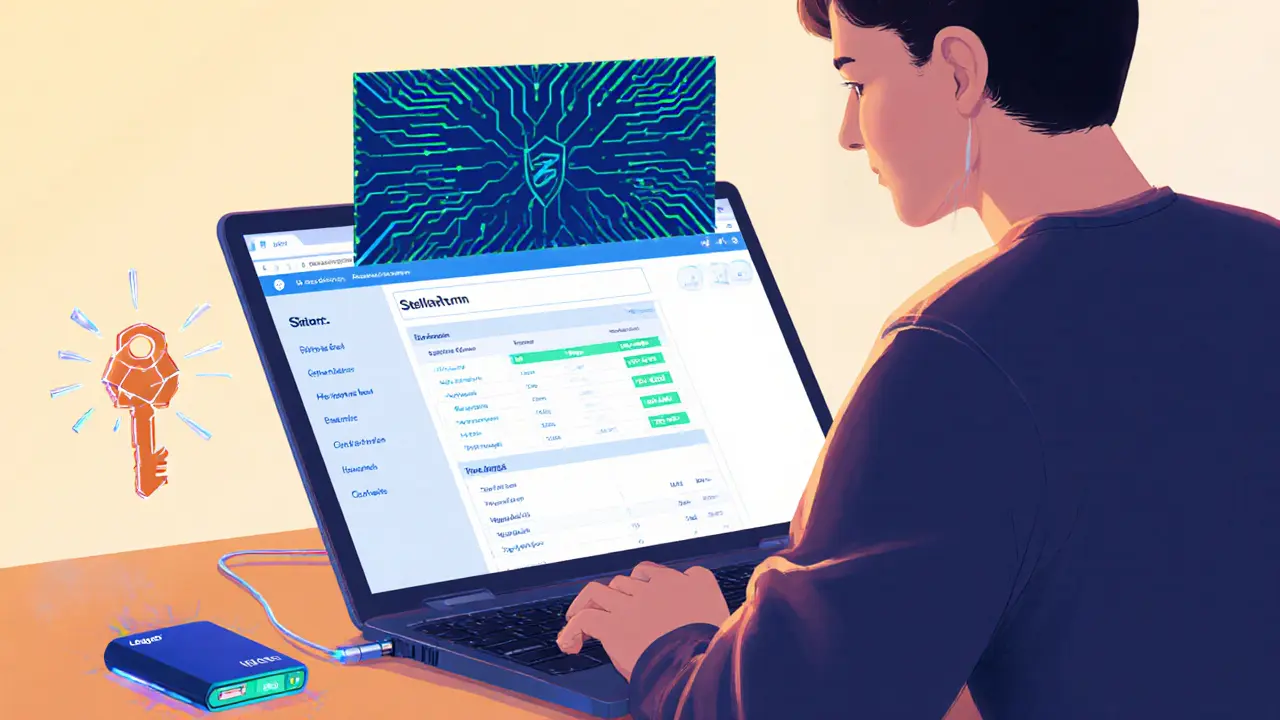Wallet Integration Explained
When working with Wallet Integration, the process of linking a crypto wallet to apps, services or exchanges so users can send, receive and manage digital assets. Also known as wallet connection, it bridges the gap between a cryptocurrency wallet, a software or hardware tool that stores private keys and lets you interact with blockchain networks and the Web3 dApp, a decentralized application that runs on a blockchain and requires user authentication via a wallet. The link is secured by a smart contract, code that executes automatically on the blockchain when predefined conditions are met. In short, wallet integration enables a seamless flow of tokens between users and services.
Why Wallet Integration Matters for Every Crypto Project
Every project that wants to let users trade, stake, or earn tokens needs a reliable way to communicate with their wallets. Without integration, users would have to copy‑paste long addresses or trust risky third‑party services. Wallet integration encompasses token transfer, balance display, and signing of transactions. It also requires developers to understand the security model of the underlying wallet, because a compromised private key can drain funds instantly. When a dApp integrates a wallet correctly, users enjoy instant on‑chain actions, reduced friction, and a trust‑worthier experience.
From a developer’s angle, the process breaks down into three core steps: choose the right wallet provider, implement the connection library, and handle transaction signing. Selecting a provider means looking at user adoption (MetaMask leads the market), platform compatibility (mobile‑first wallets like Trust Wallet), and security features (hardware wallet support). The connection library – such as Web3.js, Ethers.js, or WalletConnect – abstracts the communication layer, letting you call eth_sendTransaction without writing low‑level code. Finally, transaction signing must respect gas limits, nonce management, and user confirmation dialogs to avoid failed submissions.
Security isn’t an afterthought; it’s baked into every step. Never store private keys on your server; always let the wallet sign locally. Use HTTPS, enable Content‑Security‑Policy, and validate the chain ID before sending a request. If you’re building a multi‑chain app, verify that the wallet supports the network you target – many wallets use the same API but require explicit network switching. Testing on testnets (e.g., Goerli or Sepolia) before mainnet launch saves you from costly mistakes.
Ready to see the tools in action? Below you’ll find guides on popular wallet‑integration methods, from simple MetaMask button setups to full‑stack WalletConnect flows. Whether you’re a beginner looking to add a “Connect Wallet” button or an advanced developer designing custom onboarding, the articles in this collection cover the entire spectrum. Dive in to get practical code snippets, security checklists, and real‑world examples that will help you get your project live faster and safer.
StellarTerm Crypto Exchange Review: Features, Security, and How It Stacks Up
A deep dive into StellarTerm, covering its features, security, wallet support, pros and cons, and how it compares to other Stellar DEX clients.





